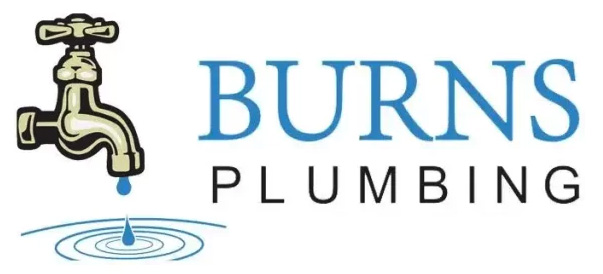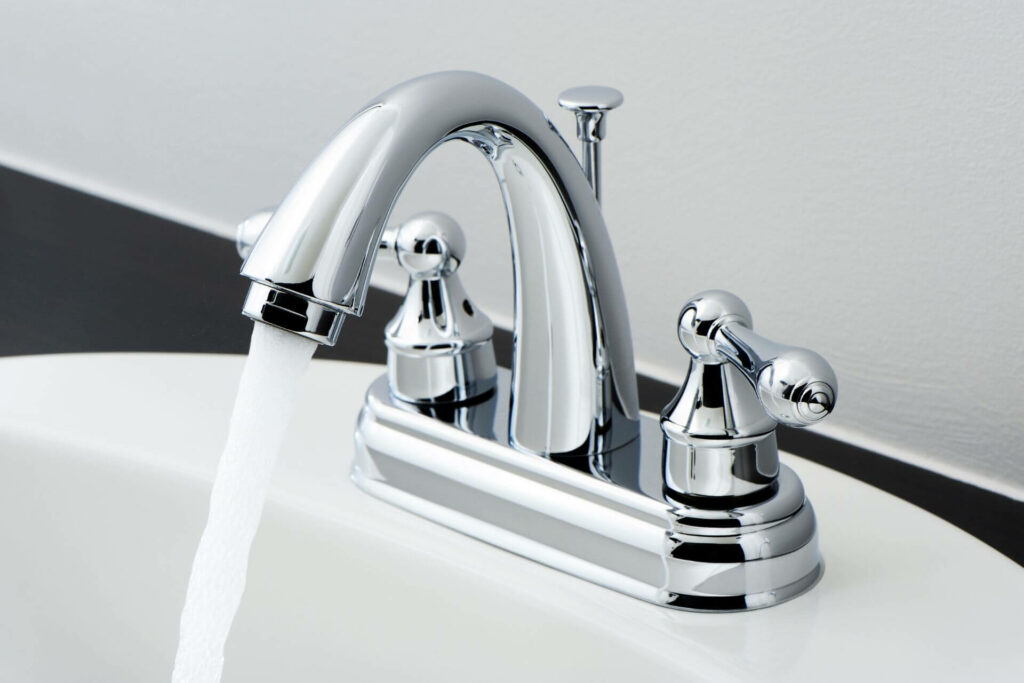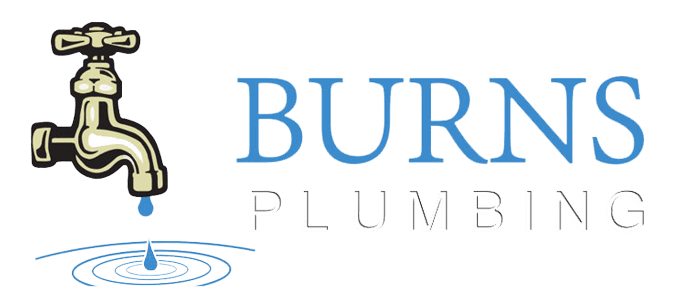Good water pressure is crucial for an efficient and comfortable household. It ensures that water flows freely from taps, showers, and other appliances, making daily tasks like showering and washing dishes more effective. Understanding and maintaining the right water pressure in your house not only improves your home’s functionality but also conserves water and prevents stress on your plumbing system.
What is the right water pressure in your house?
Understanding and achieving the ideal water pressure involves knowing what levels are considered optimal and recognising the signs when adjustments are necessary.
- Measured in kPa: In Australia, water pressure is commonly measured in kilopascals (kPa). The ideal water pressure range for residential properties is generally between 300 to 500 kPa. Staying within this range ensures efficient water use without straining your plumbing system.
- Signs of Low Pressure: A tell-tale sign of low water pressure is when water merely trickles from taps, or your shower produces a weak drizzle rather than a strong flow. Low water pressure can affect everything from showering to garden watering, indicating it might be time to investigate and rectify the issue.
- Symptoms of High Pressure: On the flip side, excessively high water pressure is often indicated by water forcefully blasting out of taps or loud banging noises in pipes after turning off the water. While high pressure might seem beneficial for certain uses, it can accelerate wear on plumbing fixtures and lead to leaks or pipe damage.
- Checking with a Pressure Gauge: To accurately measure your home’s water pressure, utilizing a pressure gauge is advised. These devices are straightforward to use; simply attach one to an outdoor tap (hose bib) and turn on the water. This step is crucial for diagnosing whether the pressure in your home deviates from the ideal range and determining the next steps to take.
Common Causes of Low Water Pressure
Low water pressure can be a nuisance, affecting everything from your morning shower to your ability to quickly fill a pot for cooking. Understanding the common causes can help you identify and fix low water pressure issues.
- Clogged Pipes: Over time, sediment and mineral deposits can build up in your pipes, reducing water flow and causing low pressure.
- Corroded Plumbing: Older homes with steel pipes might experience corrosion, narrowing the pipes’ interior and restricting water flow.
- Leaking Pipes: Leaks within your plumbing system can divert water away from its intended destination, leading to decreased pressure.
- Faulty Fixtures: Sometimes, the issue might be with individual fixtures. Showerheads and faucets can become clogged with mineral deposits.
- Municipal Supply Issues: Your home’s water pressure can also be affected by issues with the municipal water supply, including water line breaks or high demand during peak times.
- Water Valve Issues: Partially closed or malfunctioning water valves, either in your home or at the meter, can significantly reduce water pressure.
Identifying the cause of low water pressure is the first step towards finding a solution, whether it’s a simple fix like cleaning a clogged faucet or a more involved repair requiring professional plumbing services. Addressing these issues promptly can help increase water pressure, ensuring your home’s plumbing system works optimally.
The Impact of High Water Pressure on Your Plumbing
High water pressure in your home, while seemingly beneficial for tasks like showering or using the garden hose, can have detrimental effects on your plumbing system. Water pressure that is excessively high can cause damage, leading to leaks, strained pipes, and prematurely worn appliances. When the pressure of water entering the home surpasses ideal water pressure ranges, it forces your plumbing system to work harder than necessary, increasing the risk of plumbing problems. High pressure can cause:
- Rapid Wear and Tear on Appliances: Appliances such as your dishwasher, washing machine, and hot water heater can experience reduced lifespans.
- Leaks in the Plumbing System: Increased pressure can cause weak points in your pipes to fail, leading to leaks that might not be immediately noticeable.
- Noise in Pipes: High pressure can lead to ‘water hammer’ effects, causing loud banging noises in your pipes after shutting off the water use.
- Increased Water Demand and Usage: With more water flowing through your system, you might find yourself using more water than necessary, impacting your water bill.
How to Measure Water Pressure in Your Home
Maintaining the correct water pressure is crucial for the smooth operation of your home’s plumbing system in Australia. By using a water pressure gauge, you can accurately assess your water pressure, ensuring it meets Australian standards and your household needs. Here’s a straightforward method to measure water pressure using Australian measurements:
- Acquire a Water Pressure Gauge: Look for a gauge that measures pressure in kilopascals (kPa), the standard unit of pressure used in Australia. These gauges can typically be attached to a hose bib or faucet to measure your home’s water pressure.
- Find a Suitable Faucet: For the most accurate pressure reading, choose an outdoor tap or one close to where the main water supply enters your home. This could be in your garden or laundry room.
- Attach the Gauge and Open the Valve: Firmly screw the water pressure gauge onto the chosen tap. Turn the tap fully open, making sure that water isn’t being used elsewhere in your home during the measurement.
- Read the Measurement: Once the pressure stabilizes, read the gauge. In Australia, the ideal water pressure for residential homes is generally between 300 to 500 kPa. A reading significantly below 300 kPa may indicate low water pressure, while a reading above 500 kPa suggests excessively high pressure, both of which could lead to plumbing problems.
Adjusting Your Water Pressure Regulator for Optimal Performance
A water pressure regulator’s job is to maintain your home’s water pressure within safe and functional limits. If your water pressure is too high or too low, adjusting the pressure regulator can often fix the problem. Here’s how to adjust your regulator for optimal performance:
- Locate the Pressure Regulator: This is usually found where the main water line enters the home, often near the water meter.
- Check the Current Pressure: Using a water pressure gauge, check your current pressure to understand how much adjustment is needed.
- Adjust the Regulator: Turn the adjustment screw on the regulator clockwise to increase pressure or counterclockwise to decrease it. Make small adjustments and check the pressure again.
- Monitor and Recheck: After adjusting, monitor the water pressure over a few days. Additional tweaks may be necessary to keep the pressure within the ideal range.
Correctly setting your pressure regulator is key to preventing low water flow and excessively high water pressure, ensuring the longevity of your plumbing system and appliances. For significant pressure issues or if you’re experiencing low water despite adjustments, it might be time to consult with a professional plumbing service provider like Burns Plumbing to diagnose and remedy complex water pressure problems.
Solutions to Fix Low Water Pressure Issues
Low water pressure in your home can stem from a variety of sources, affecting everything from your daily shower experience to the efficiency of washing appliances. Addressing these issues often requires a multi-faceted approach, focusing on the water system as a whole and the specific components that regulate flow and pressure. Here are strategies to overcome low water pressure problems:
- Inspect for Water Leaks: Even minor leaks in your plumbing can cause significant drops in water pressure. Inspecting your water system and repairing leaks can restore pressure and prevent water waste.
- Check the Pressure Regulator: A faulty pressure regulator can reduce incoming water pressure. If your water pressure is consistently low across all fixtures, have a plumber check if the pressure regulator is set correctly or needs replacement.
- Clean or Replace the Pressure Limiting Valve: This valve controls the flow of water to protect your home from excessively high pressure. If clogged or faulty, it can restrict flow too much, leading to low pressure.
- Address Hard Water Buildup: Mineral deposits from hard water can clog pipes and fixtures, reducing water flow. Installing a water softener system can mitigate this issue and improve water pressure.
- Adjust Pressure Tank Settings: For homes with a well system, adjusting the pressure tank settings can help maintain correct water pressure.
- Upgrade Old or Corroded Pipes: Aging pipes can narrow over time due to corrosion or buildup, restricting the flow of water. Replacing old pipes can significantly improve water pressure throughout your home.
When High Water Pressure Requires Professional Intervention
Excessively high water pressure can lead to significant issues, such as damaged pipes and leaks. Recognising the need for professional help is key in these situations:
- Water Pressure Regularly Exceeds Safe Limits: Australian homes should ideally maintain water pressure between 300 to 500 kPa. Readings consistently above 500 kPa signal excessively high pressure, necessitating professional intervention to prevent potential damage to your plumbing infrastructure and appliances.
- Frequent Pressure Drops or Fluctuations: If you’re experiencing sudden or regular changes in water pressure, it could be a sign of underlying problems with your municipal water supply or the pressure regulator installed in your home. A licensed plumber can provide an expert diagnosis and suggest the best course of action.
- Pressure Regulator Failure: The pressure regulator plays a critical role in maintaining your home’s water pressure within safe limits. Should this component fail, resulting in unchecked high pressure, a professional plumber is required to assess and replace the regulator, ensuring your system operates smoothly.
- Ongoing Issues After Adjusting the Pressure Regulator: Attempting to adjust the pressure regulator without resolving the high pressure issue, or if you’re uncertain about the correct settings, calls for the expertise of a plumber. They can accurately calibrate the regulator, tailoring it to the specific pressure requirements of your home.
Maintaining Your Home’s Water Pressure for Longevity and Efficiency
Maintaining the correct water pressure in your house is key to a well-functioning water system and the longevity of your plumbing and appliances. Regular checks and maintenance can help you keep your water pressure within a safe and adequate range:
- Regularly Check Your Water Pressure: Using a water pressure gauge, monitor your home’s water pressure regularly to detect any deviations from the ideal pressure range.
- Schedule Annual Plumbing Inspections: A professional plumber can perform a wide range of plumbing checks, including assessing your water pressure, checking for leaks, and ensuring your pressure regulator and hot water service are functioning correctly.
- Be Mindful of Water Use: Being conscious of how much water pressure and volume your activities require can help you manage demand and conserve water.
- Educate Yourself on Local Water Conditions: Understanding the characteristics of your local water, including periods of high demand that might affect water pressure, can help you anticipate and mitigate pressure issues.
By proactively addressing both low and high water pressure issues and ensuring your plumbing system meets your home’s water pressure needs, you can enjoy a reliable, efficient water supply and prevent common plumbing problems.


